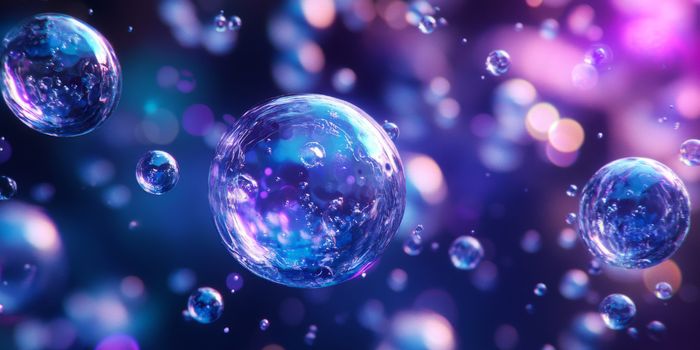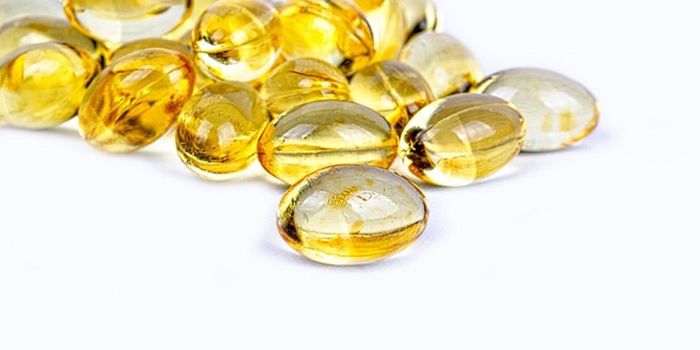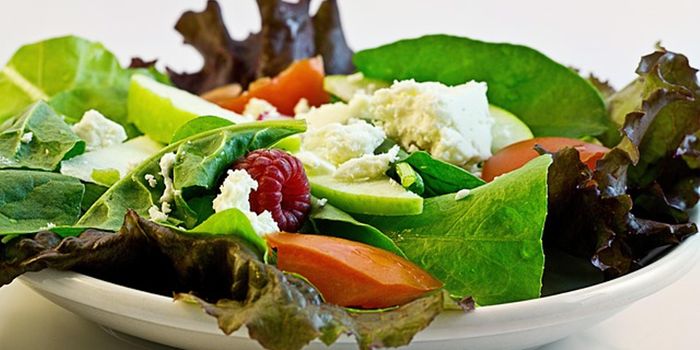‘Sunscreen Gene' Could Lead To New Therapy For Melanoma
Ultraviolet (UV) radiation is the leading cause of skin cancer, also known as melanoma. To prevent this, doctors often advise people to avoid tanning beds, and always apply sun protection factor (SPF) when going outside. But recently, researchers have found a potential natural sunscreen in our genes. The so-called “sunscreen gene” repairs DNA damages from UV exposure, thereby reducing the risks of long-term skin cancer risks. Conversely, people deficient in the normal version of this gene are more prone to skin cancer, researchers found.

The gene of interest is known as the UV radiation resistance-associated gene, or UVRAG. Previous research implicated this gene as a tumor suppressor, and it was found to be involved in skin cancer related condition called xeroderma pigmentosum. Exactly how UVRAG functions in healthy people and those with skin cancer was not clear, until now.
In their study, the research team from the Keck School of Medicine at the University of Southern California (USC) studied human and fruit fly melanoma cells. Additionally, they engineered each group of cells to contain the normal version of UVRAG or a mutated copy of the gene.
After exposing the cells to UV radiation, the team reported that more than 50 percent of DNA damages were all but repaired in the cells containing the healthy copy of UVRAG. By contrast, cells deficient in UVRAG had only repaired about 20 percent of its damaged DNA.
"That means when people sunbathe or go tanning, those who have the normal UV-resistant gene can repair most UV-induced DNA burns in a timely manner, whereas those with the defective UV-resistant gene will have more damage left unrepaired. After daily accumulation, if they sunbathe or go tanning often, these people will have increased risk for developing skin cancers such as melanoma," said Chengyu Liang, senior study author.
These results were supported by further evidence in patients with melanoma, showing that those deficient in UVRAG tended to have the worse prognosis. "The UV-resistant gene is a tumor suppressor involved in the UV-repair process of a cell's DNA and is essential for preventing UV-induced genomic instability," said Yongfei Yang, the study’s first author. "When the UV-resistant gene is lost, the cell cannot efficiently repair UV- and chemical-induced damage."
Understanding the involvement of this gene in DNA repair from UV exposure could be crucial in new treatments for melanoma. "The UV-resistant gene may serve as a good target for drug development. Perhaps one day a drug could stimulate the repairing functionality of the UV-resistant gene to ensure swift and effective repair of UV-damaged skin cells. That would be a good treatment for people who are at high risk of developing skin cancer,” said Yang.
According to the Skin Cancer Foundation, melanoma kills an estimated 9,940 Americans each year. And though we may have found a gene that’s involved in risk for melanoma, it’s not sufficient protection against sun and UV exposure. So, don’t forsake the sunscreen of the lotion variety!
Additional source: MNT, USC media release








